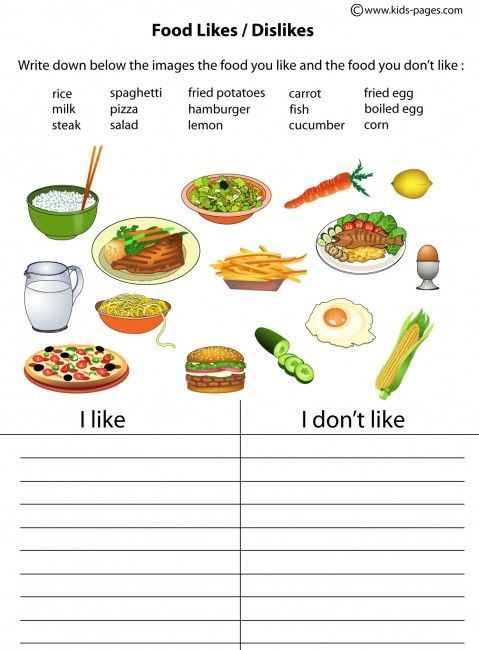Whole grain baby food
The Importance of Whole Grains for your Baby
Previous | Next
As consumers, we see the word “whole grain” thrown out a lot on the packaging of all types of products, but what exactly, is meant by whole grains? What are true whole grains and why do they matter? In this article, we’ll cover what defines a true whole grain, their benefits, and common ways to introduce them into baby’s diet.
What are whole grains?
Until the 19th century, all cereals were consumed as whole grains. Now, however, it has become difficult to identify what whole grains are, where to buy them, and how to best prepare them. Let’s start by clearly defining a whole grain.
A complete whole grain consists of three layers: the bran (outer layer), the germ (middle layer), and the endosperm (inner part). The reason we talk a lot about “whole grains” versus refined grains is because since the Industrial Revolution, most grain products have been stripped of their bran and germ layers, leaving just the endosperm. This created grain products which were considered at the time to be superior in taste, texture, color, and most importantly, extended their shelf life for supermarket sales. If you’ve ever tried to bake a cake with 100% whole wheat flour instead of all-purpose flour, you’ll quickly see and understand the difference.
The only problem with these “improvements” is that this refinement stripped away the most nutritious parts of the grain leaving them depleted of most nutrients. The bran and the germ are packed with the most vitamins, minerals, and phytochemicals found in the grain. The bran delivers fiber for example, while the germ is rich in lipids. Not to mention much research has been done on the efficacy of a food being consumed as a whole, and how each part works together in synergy. In other words, a food is not just a sum of its parts, but all parts work in unison to provide optimal nutrition. So although all purpose flour might make a fluffy cake, it doesn’t make for a healthy food.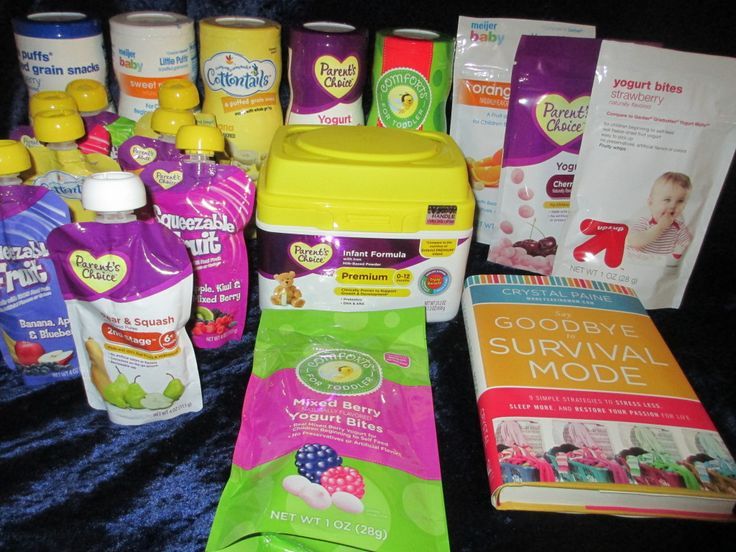
As a result, many products containing refined flours, such as common breakfast cereals and breads, are then enriched, which means synthetic vitamins are added back into them. This refinement did not just impact flour. Many other grains were processed down, removing their bran and germ layer, often to quicken cooking time and make the grain softer. Some examples of this are pearled barley (bran removed) and white rice (bran and germ removed).
Why are whole grains important for your baby?
Throughout the world, infant cereals are often one of baby’s first transitional foods and for good reason. They provide a ton of energy, deliver carbohydrates, fiber and protein, as well as vitamins, minerals, and even contribute to a healthy development of gut bacteria. Further, they are excellent vehicles for iron fortification and have a soft, pleasing texture for babies. All in all, whole grains make up the primary source of the world’s food store, and developing a preference for whole grains begins in infancy and can help develop healthy eating habits for life.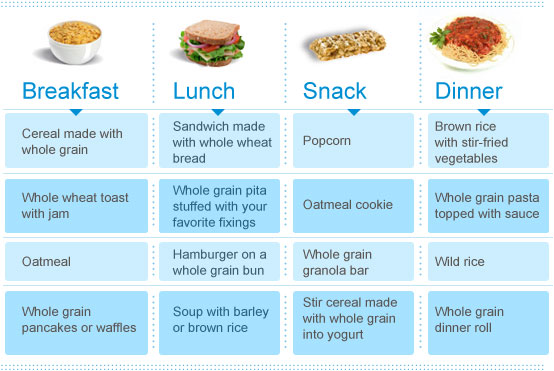 Unfortunately, many industrialized infant cereals are highly processed and are not delivering the benefits, taste and texture of whole grains. As a result, there has been an effort to incorporate not only infant cereal but also make sure babies are experiencing whole grains in their complementary feeding as well.
Unfortunately, many industrialized infant cereals are highly processed and are not delivering the benefits, taste and texture of whole grains. As a result, there has been an effort to incorporate not only infant cereal but also make sure babies are experiencing whole grains in their complementary feeding as well.
Recommendations / How to incorporate whole grains into a baby's diet?
Despite mounting evidence of the value of whole grains in the human diet, specific recommendations regarding a baby’s intake of infant cereals, types of cereals, and degree of processing are still largely undefined. However, evidence strongly suggests that whole grains are better than processed infant cereals, and that whole grains should be introduced as early as possible because that is when taste preference and eating habits are shaped. Due to the discovery of the importance of whole grains starting in infancy, there has been a push to offer some guidelines for 6-24 months. In Spain, for example, they recommend half of all cereal intake in infants should be whole grains. Australia recommends 16 servings a week of whole grains for 12-24 month olds. In the US, one nutrition panel recommends 1 ounce of whole grain a day starting at 12 months and working up to 2.5 ounces a day by 36 months.
Australia recommends 16 servings a week of whole grains for 12-24 month olds. In the US, one nutrition panel recommends 1 ounce of whole grain a day starting at 12 months and working up to 2.5 ounces a day by 36 months.
Some examples of whole grains that can be served to baby include: millet, wheat, oats, maize, rye, barley and brown rice. Some “pseudocereals” which are not exactly cereals but offer equally nutrient-dense profiles include quinoa, amaranth and buckwheat. Most of these whole grains can be cooked up soft, pureed, and mixed with a fruit or vegetable for a filling meal. When shopping for packaged foods and bread products, search for ones which incorporate whole grain flours, such as whole wheat and rye. When buying flours for baking, consider incorporating whole grain flours into your baking mixes. One of the quickest and easiest ways to incorporate whole foods into baby’s diet is with oats for breakfast.
At Amara, we offer a whole-grain based Breakfast Pack. Our Oats n’ Berries is a base of 100% oats, and our Ancient Grains is a blend of two supergrains, oats and amaranth. With no added sugar, a whole grain profile and delicious taste, this breakfast pack is ideal for babies and big kids alike. Simply mix the packet with the liquid of your choice (breast milk for babies, possibly whole milk or nut milks for bigger kids, or even water anytime), mix to your desired consistency, and serve! It’s delicious warm or cold, and can be endlessly customized with chopped nuts, berries, sprinkles of cinnamon, etc. Rest easy knowing you are building healthy eating habits for life and your little ones are getting their daily dose of whole grains. Shop our Breakfast Pack HERE.
Our Oats n’ Berries is a base of 100% oats, and our Ancient Grains is a blend of two supergrains, oats and amaranth. With no added sugar, a whole grain profile and delicious taste, this breakfast pack is ideal for babies and big kids alike. Simply mix the packet with the liquid of your choice (breast milk for babies, possibly whole milk or nut milks for bigger kids, or even water anytime), mix to your desired consistency, and serve! It’s delicious warm or cold, and can be endlessly customized with chopped nuts, berries, sprinkles of cinnamon, etc. Rest easy knowing you are building healthy eating habits for life and your little ones are getting their daily dose of whole grains. Shop our Breakfast Pack HERE.
References:
JF Haro-Vicente Sensory Acceptability of Infant Cereals with Whole Grain in Infants and Young Children. Nutrients. 2017 Jan; 9(1): 65.
M Klerks et al Infant Cereals: Current Status, Challenges, and Future Opportunities for Whole Grains.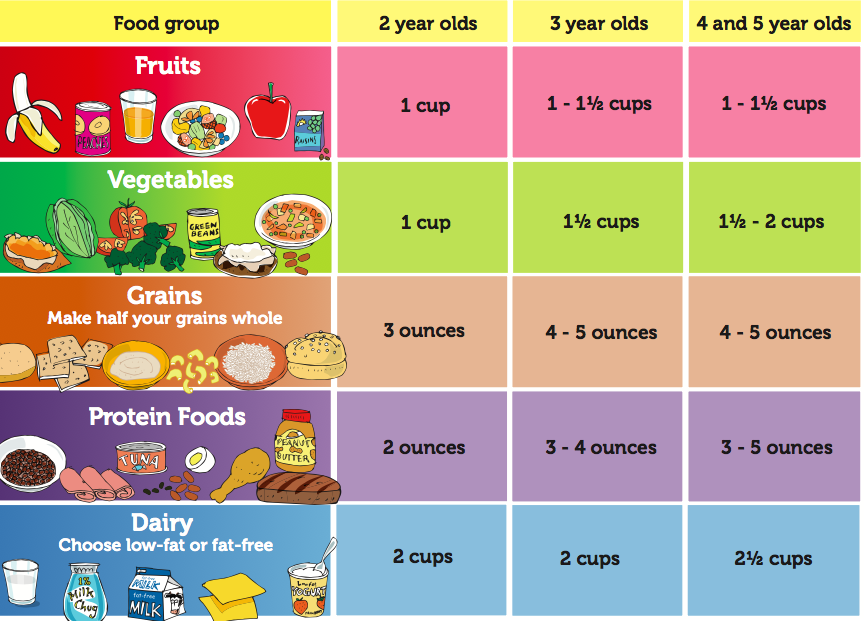 Nutrients. 2019 Feb; 11(2): 473
Nutrients. 2019 Feb; 11(2): 473
Article researched by:
Amara's Chief Nutritionist: Sonia A. Schiess, PhD in Nutrition, specialized in the introduction of solids and liquids to infants. Sonia's passion started when she was studying nutrition and dietetics in university, completing a post degree in Human Nutrition. Later on, she completed her PhD as a nutritionist, with a focus on introducing food in the first year of a baby's life. Her wide experience gives her a unique perspective, drawing from her time in clinics, hospitals, independent consulting and university research. She's authored several papers including "Introduction of complementary feeding"; "Introduction of potentially allergenic foods in the infant's diet during the first year of life" and "Intake of energy providing liquids during the first year of life" in five European countries. The combination of Sonia's science and our chef's magic ensures every Amara product is not only optimized for your baby's health but is delicious as well.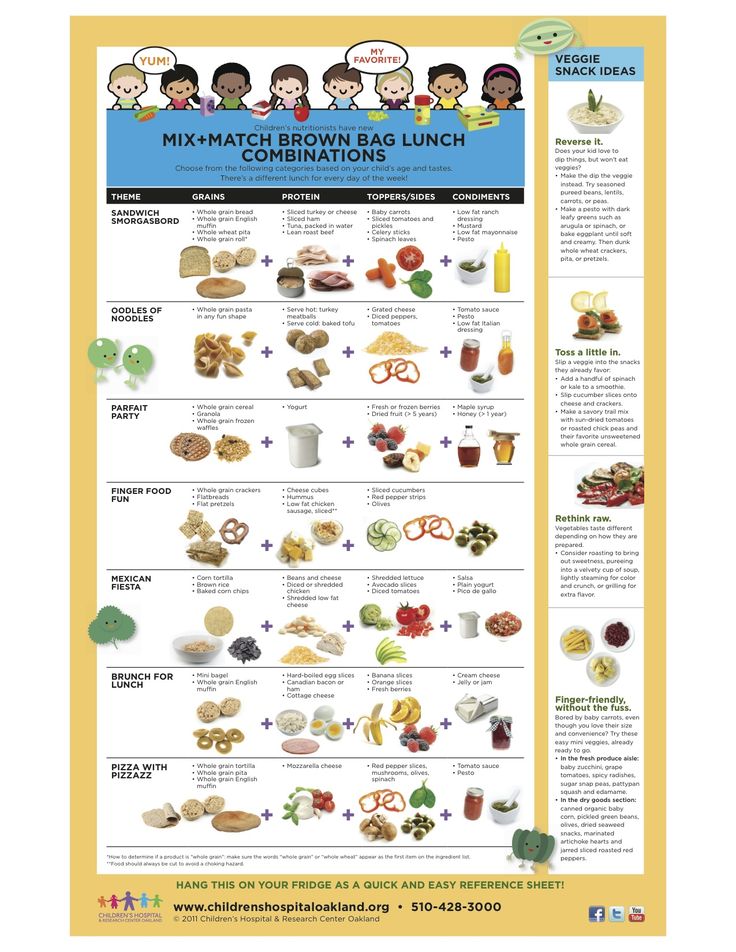
1 Comment
Leave A Comment
You Might Also Like...
6 Winter Veggies your Kids will Love
Food Refusal Among Babies & Toddlers: Everything You Need to Know
Amara's Holiday Gift Guide
Baby Food Just mix with breast milk, formula, or water!
Toddler Snacks Melt in mouth with no added sugar, ever.
Variety Packs Description text goes here.
★ Judge.me Reviews
Great!
My son loves these and I feel great about giving them to him!
Baby didn’t like it
Unfortunately my little one did not like this.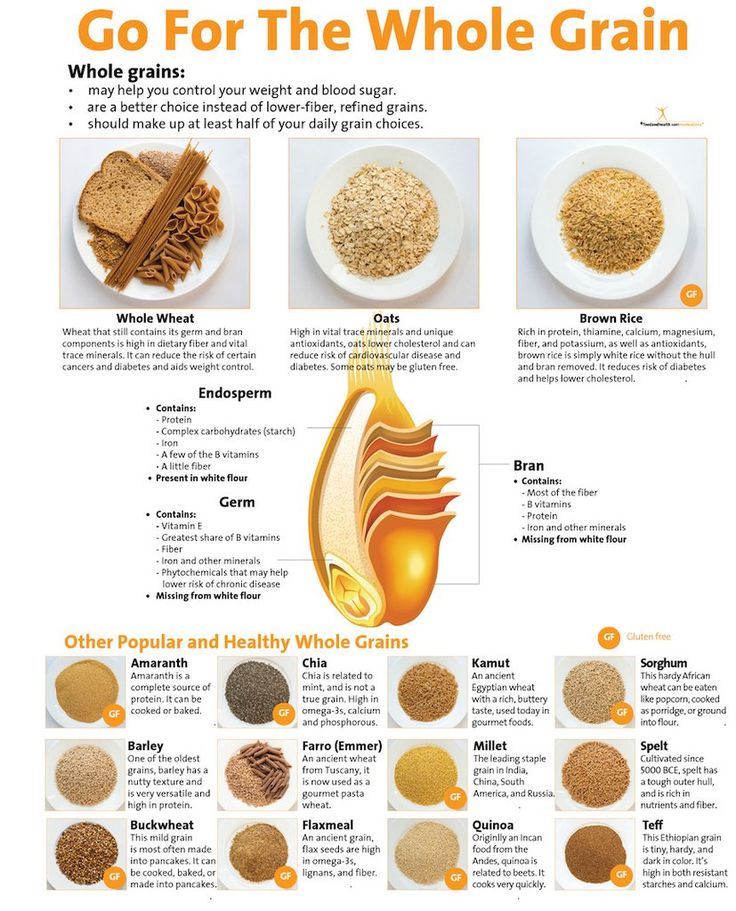 I mix it with breast milk and she would just spit it out. I think it’s more of the texture than taste. I’m sad it didn’t work out because it smells so good! I did just buy the melts and so far she enjoys those
I mix it with breast milk and she would just spit it out. I think it’s more of the texture than taste. I’m sad it didn’t work out because it smells so good! I did just buy the melts and so far she enjoys those
Babe loves these!
My girl is just under 9 months old and she’s loving these. It took her a couple to get the hang of them but she handles them well now!
Best baby food
My 8 month old loves Amara baby food! She has been eating it since 6 months old. She has tried every meal and has loved them all!
We love these
My 11 month old and 3 year old absolutely love these. I actually have eaten myself because they’re delicious. Not only are they delicious, the ingredients and nutritional value really stood out to me.
Load More Reviews
5 Foods to Always Have on Hand to Feed Baby
Your baby has started solids, and the world is her oyster! (Okay, more like spoonful of fish puree.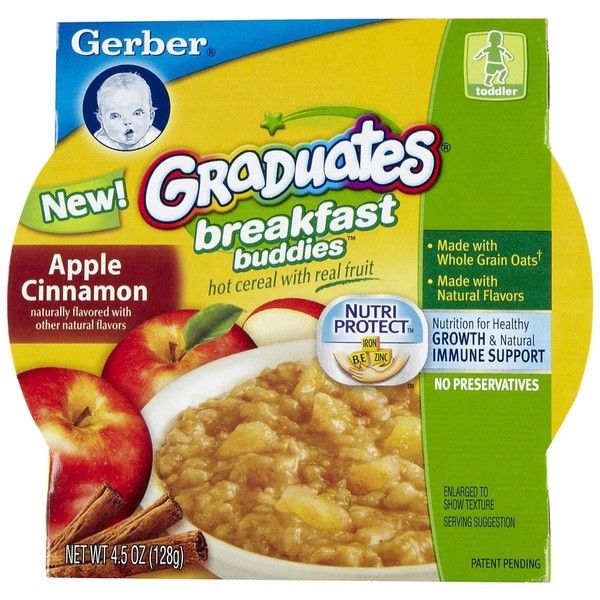 ) In the next several months, you’ll be introducing lots of different foods—but be sure you’re off to a healthy start by making these five regulars on her plate:
) In the next several months, you’ll be introducing lots of different foods—but be sure you’re off to a healthy start by making these five regulars on her plate:
1. Veggies: Instilling an appreciation of and taste for veggies is important. Vegetables are packed with vitamins, minerals, and fiber, so they should be mainstays of the diet for life. And don’t worry: Introducing fruit before veggies isn’t the deal-breaker you may have heard it is. If your baby gets the sweet taste of fruit before less-sweet (and sometimes slightly bitter) veggies, it doesn’t mean she’ll reject them. Just continue to serve them both every day.
Feeding Tips: Offer your baby different colors of veggies—including green, yellow, orange—and don’t be discouraged if your baby turns up her nose at a certain one. Simply offer it another time.
2. Meat or iron-fortified cereal: For years, iron-fortified rice cereal was recommended as the must-have starter food. Now, many pediatricians agree that the order you introduce foods isn’t crucial–but having a source of iron is. Iron is critical for kids, especially after six months when your baby’s natural stores of the mineral become depleted.
Iron is critical for kids, especially after six months when your baby’s natural stores of the mineral become depleted.
Feeding Tips: Be sure all meats are well-cooked (and well pureed at first). Though you should check with your pediatrician first, keep in mind that you can also introduce fish when babies start solids at six months.
3. Full-Fat Yogurt: Okay, we may be biased here–but the fact is, yogurt’s got a lot of what baby needs right now: fat for her developing brain, calcium and vitamin D for growing bones. It’s approved by the American Academy of Pediatrics for babies starting at six months. Check out Stonyfield’s full line of YoBaby products.
Feeding Tips: Feed your baby straight-up plain yogurt or swirl in fruit or veggie purees or baby oatmeal. For older babies, try seasoning it with spices like cinnamon and ginger.
4. Fruit: Your baby will delight in the sweetness of fruit. And you’ll be happy knowing he’s getting vitamins, fiber, hydrating fluids, and lots of health-protective plant compounds.
Feeding Tips: If you’re making your own baby food, be sure to wash all fruits thoroughly, even if they’re organic. (Learn more about organic fruits and veggies here.) If you’re trying baby-led weaning, give baby handheld pieces of very ripe, soft fruit.
5. Whole Grains: Whole grains like whole wheat pasta and whole grain bread and cereal have more fiber, protein, and vitamins than refined grains like white bread do. Whole grains also tend to have a stronger flavor and chewier texture, so it’s smart to introduce them early on so your baby develops a taste for them.
Feeding Tips: Oatmeal is a natural whole grain you can serve plain or mixed with fruit purees. Pieces of whole wheat pasta (like rotini and bowties), and strips of French toast or pancakes made from whole grain bread and flour are all fun finger foods for older babies.
Fleur Alpine ORGANIC - Baby food. Lure
Fleur Alpine ORGANIC – Baby food. LureHandy guide: find a product
- For nursing mothers
- From birth
- To start feeding
- To continue feeding
- For older kids nine0006
- For the whole family
Who are our products for?
-
For children with gluten intolerance
-
For toddlers
-
For children allergic to cow's milk protein
-
For children allergic to synthetic vitamins and minerals nine0003
-
For children whose diet consists of foods without added sugar
-
For babies from birth to develop healthy eating habits
shares
All shares
news
All news
parents reviews
All reviews
I was surprised by the delicate, pleasant taste!
First we tried three-grain porridge, and later a millet mixture of cereals. Before giving it to my child, I tried it myself and was surprised at the gentle, pleasant taste, as well as the aftertaste, these cereals were easier and faster to dilute. Warm...
Before giving it to my child, I tried it myself and was surprised at the gentle, pleasant taste, as well as the aftertaste, these cereals were easier and faster to dilute. Warm...
Read more
Dina_471910 Aktobe
I tried and ate the whole plate!
According to the simple instructions, we dilute the Alpine Evening porridge and let it stand until cooked. Mom tastes first, it's my duty to try new foods. :) Uhh.;) Delicious is the first thought. To be more precise, in ...
Read more
Perviy ***Sneg *** Moscow
I have not seen analogues on store shelves
We tried millet porridge with a mixture of cereals and buckwheat porridge with goat's milk. In the process of cooking, both porridges showed themselves in the best possible way - there was not even a hint of lumps, they were quickly and evenly mixed. Taste and ...
Read more
Burunduk24
Crispy sushi with a savory taste of olive oil
To begin with, I studied the composition of the dryers.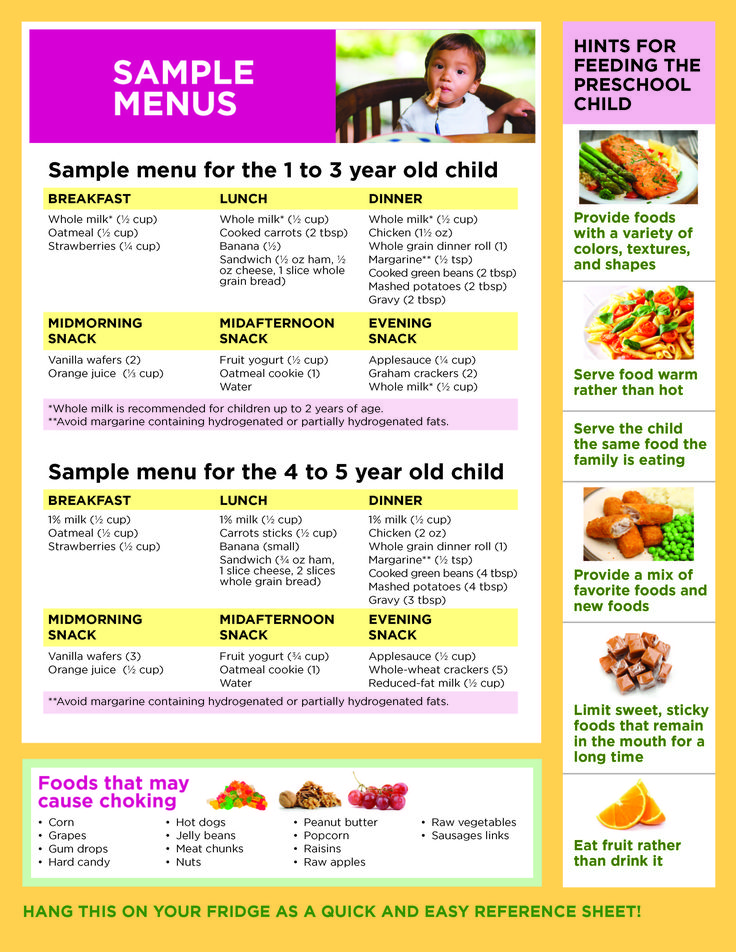 And he completely suited me: wheat flour, water, sea salt and extra virgin olive oil. Shelf life of dryers from the date of manufacture is 9 months. Cute design packaging...
And he completely suited me: wheat flour, water, sea salt and extra virgin olive oil. Shelf life of dryers from the date of manufacture is 9 months. Cute design packaging...
Read more
Schastye Moscow
Impression of drying
The composition is quite pleasant without unnecessary additives and palm oil Wheat flour, water, extra virgin olive oil, sea salt Flour and butter are declared of organic origin. They are incredibly tasty...
Read more
Irina_521281
Sushki conquered the family!
We have tried Italian dried olive oil. They conquered the whole family! Immediately it is worth noting the funny shape in the form of snails: Nikita, before eating the dry, managed to play with it. But when I figured out how delicious it is...
Read more
Sergey_521164, Minsk
Convenient travel packaging! nine0003
Oil, we immediately went to test it, adding it to the porridge (it should be noted that no oil had been given before).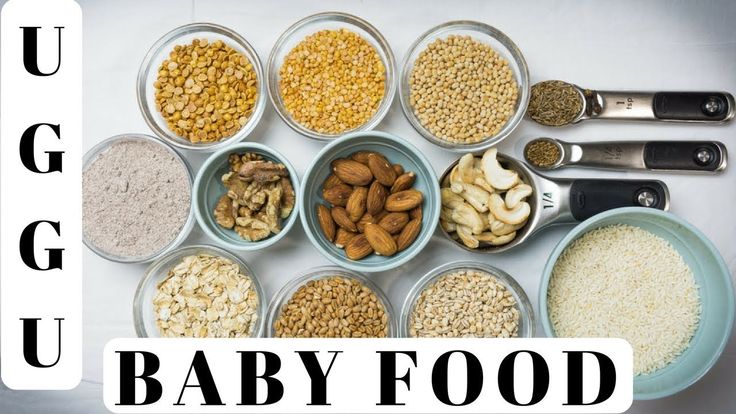 The son reacted positively, did not spit out anything, ate with the same appetite. Of course, it is difficult to estimate how...
The son reacted positively, did not spit out anything, ate with the same appetite. Of course, it is difficult to estimate how...
Read more
Nadezhda_18731
Soup and salad - everything was eaten!
I am always wary of anything new in our son's diet. Before giving the product to the child, she poured it into a glass to see if there were any impurities - she was pleasantly surprised: the consistency is liquid, without pr...
Read more
Virey Lipetsk
Perfect taste and light aroma
100% organic extra virgin olive oil produced in Italy. Perfect taste and light aroma, which a good oil should have (I can only compare with oils that I bought abroad). Up to...
Read more
Nika_123 Ufa
videos
All videos
Delicious and healthy snack from Fleur Alpine ORGANIC!
Walking in nature is a pleasure! We invite you to take Fleur Alpine ORGANIC CHILDREN'S OAT BARS with you. This is an excellent, and most importantly, healthy snack, which is allowed for children from 3 years old, but is not prohibited for adults either. Oatmeal bars with fruits: 1. Perfectly satisfy hunger 2. Fruits add natural sweetness 3. Fiber in whole oats gently regulates digestion 4. Do not contain sugar and palm oil. nine0063 The author of the video is blogger Sasha Skroban
This is an excellent, and most importantly, healthy snack, which is allowed for children from 3 years old, but is not prohibited for adults either. Oatmeal bars with fruits: 1. Perfectly satisfy hunger 2. Fruits add natural sweetness 3. Fiber in whole oats gently regulates digestion 4. Do not contain sugar and palm oil. nine0063 The author of the video is blogger Sasha Skroban
Cooking Italian pasta Fleur Alpine ORGANIC
Let's cook pasta with the kids for dinner today - it's very easy! Watch the video with sound, but BE CAREFUL - you will be singing this song for a long time! 1) Pour the pasta into boiling water at the rate of: 1 liter of water for every 100 g of pasta 2) Cook over high heat for 8-9 minutes. Drain the water and do not rinse the pasta! 3) The main secret of the Italians: add Fleur Alpine Extra Virgin ORGANIC baby olive oil to taste - this will give it a unique taste! Cook authentic Italian al dente pasta and enjoy! nine0063 The author of the video is blogger Sasha Skroban
Whole grain muesli with banana and apple for babies from 8 months l Organic
100 years of experience! The German company Töpfer has been producing baby food for over 100 years - the company was founded in 1911.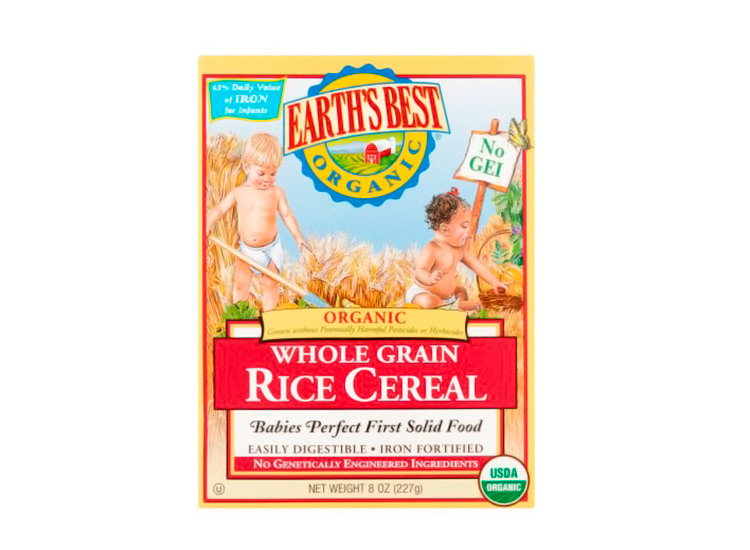 Since 1989 it has been producing organic baby food certified by the EU. The company has its own laboratory and cooperates with scientific and medical institutions in the process of formulating its products. Great experience and The latest production and research technologies make the company a European leader in its field.
Since 1989 it has been producing organic baby food certified by the EU. The company has its own laboratory and cooperates with scientific and medical institutions in the process of formulating its products. Great experience and The latest production and research technologies make the company a European leader in its field.
In the south of Germany, near the Alps, on the border with Switzerland, is one of the cleanest places in Europe. In 1926, Töpfer moved his factory here in order to use exclusively pure grains, vegetables and cow's milk from nearby farms. Currently, Töpfer uses organic products from nearby farms and exclusively the milk of cows grazing in the foothills of the Alps! nine0003
Strict safety and quality control:
• carried out at all stages - raw materials, production, packaging and final product;
• microbiological, allergic, chemical, physical, trace, environmental, sensory and other tests are carried out both in our own laboratory and in external independent laboratories;
• During production, samples are taken every half hour and production is completely stopped if even the slightest non-compliance is found. The whole process is closed and sterile. nine0063 • Approximately 600 different tests are carried out for each production batch!
The whole process is closed and sterile. nine0063 • Approximately 600 different tests are carried out for each production batch!
• Of the company's 180 employees, 20 work exclusively in the control system.
Sustainability doesn't just mean pesticide-free. Töpfer has been producing organic baby food since 1989. Milk mixtures contain at least 95% organic raw materials. Sustainability and its control is ensured in all chains of food preparation - from organic seeds for sowing, cultivation, grains, flour, oils to organic feed for cows. nine0003
Long chain polyunsaturated fatty acid (LC-PUFA) is added to milk formulas. Studies have shown that these acids play an important role in the formation of the brain and nervous system of the child.
Töpfer is a pioneer of bifidogenic probiotic products in baby food. In the intestines of breastfed children, an intestinal flora rich in bifidobacteria is formed, which is usually not present in the intestines of formula-fed children. Töpfer has enriched cereals and milk formulas with probiotic bacteria to make them as similar to breast milk as possible. nine0003
Töpfer porridges are very easy to use , they do not need to be boiled, they can only be filled with water or milk. All of them do not contain added sugar, preservatives, flavors, colors and flavor enhancers.
Töpfer manufactures everything in one factory, so it has full control over the processes. This cannot be done by large companies whose production units are located in different places, and especially those that are only brands and order their products from other manufacturers. Knowing how few organic baby food producers are in Europe, Töpfer becomes practically the only one in Europe who has the entire chain and safety control in one hand. nine0003
Baby cosmetics with wheat bran produced since 1936 . The history of this manufacturer began with, it would seem, the simplest product - wheat bran for a bath, which is quite enough to bathe a child in a bath.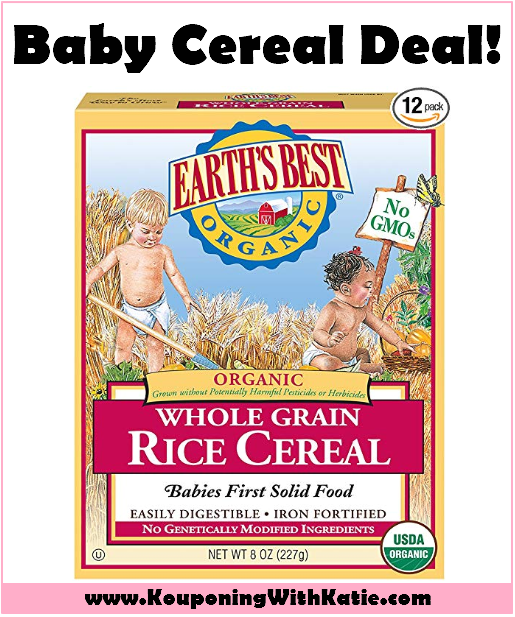 However, it turned out that this company knowingly chose a simple, at first glance, a particle of wheat grain.
However, it turned out that this company knowingly chose a simple, at first glance, a particle of wheat grain.
Bran has a unique ability to “collect” skin impurities. And are easily washed off or otherwise removed. Wheat bran contains:
- arabinoxylan, which moisturizes and strengthens the skin, retains moisture in it, protects against free radicals;
- antioxidants, vitamins E, C and carotenoids protect against free radicals;
- ferulic acid - a phytonutrient and powerful antioxidant that protects the skin.
This product has been highly regarded by midwives and paediatricians for decades, and even today this rating has not changed - only the wash box has changed. With this success, Töpfer has developed a complete line of cosmetics for babies, children and pregnant women based on wheat bran with valuable olives, jojoba, almond, meadowfoam seeds and other oils. Such cosmetics also have a positive effect on sensitive, irritated skin.






